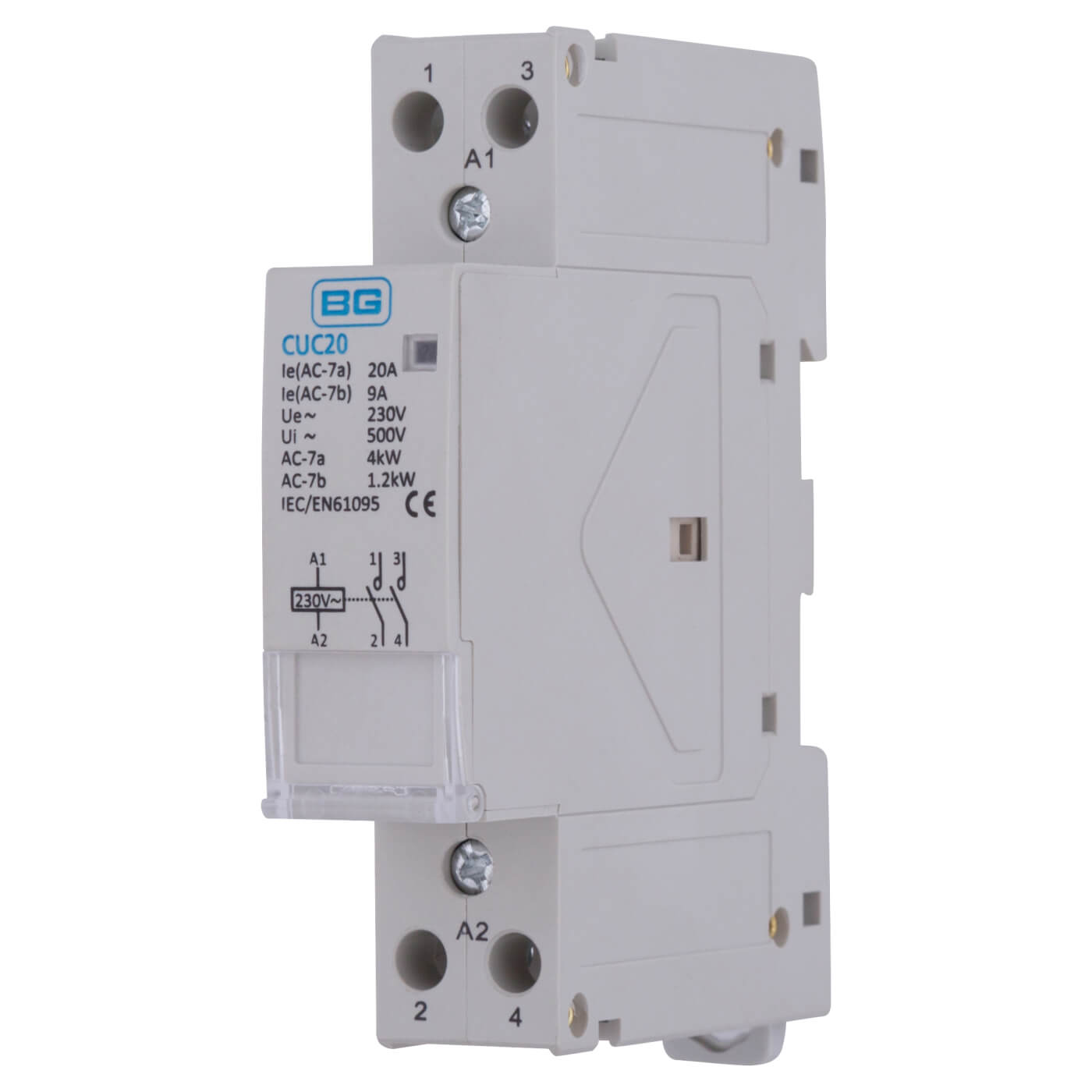sams93
Established Member
I'm re-doing my dust extraction set up. I won't be doing it like described below, but I am posing a theoretical question to help me understand.
I'm trying to work out, if I set up a contactor such as the one below in-line with my tool, will it work to switch when the tool is in use.i.e cut the live to my sander, and connect it to A1, then continue to my sander from A2.
Would it then close the contactor when there is current passing along the live wire to the tool?

I'm trying to work out, if I set up a contactor such as the one below in-line with my tool, will it work to switch when the tool is in use.i.e cut the live to my sander, and connect it to A1, then continue to my sander from A2.
Would it then close the contactor when there is current passing along the live wire to the tool?




































